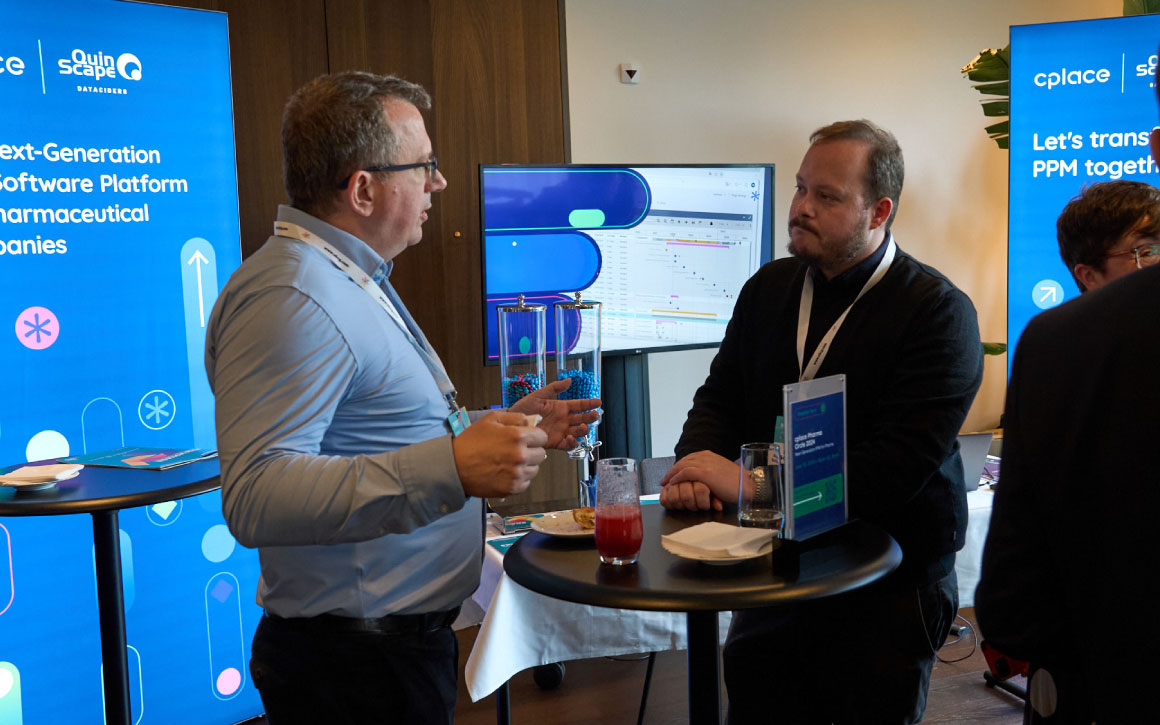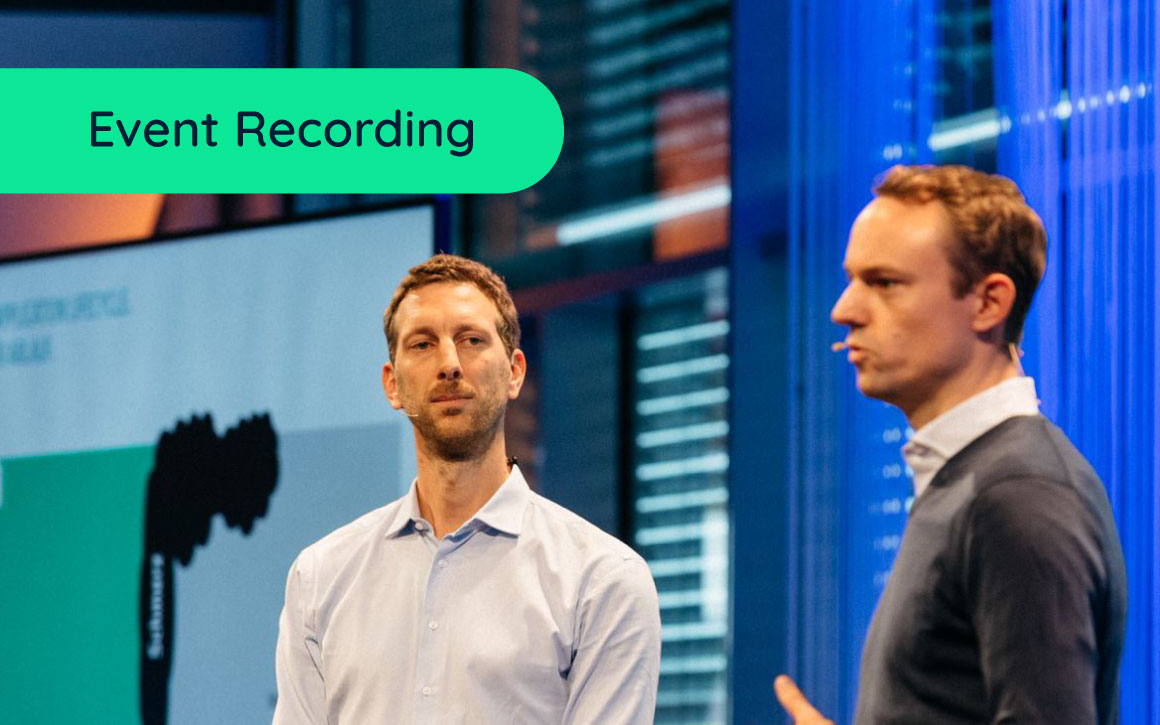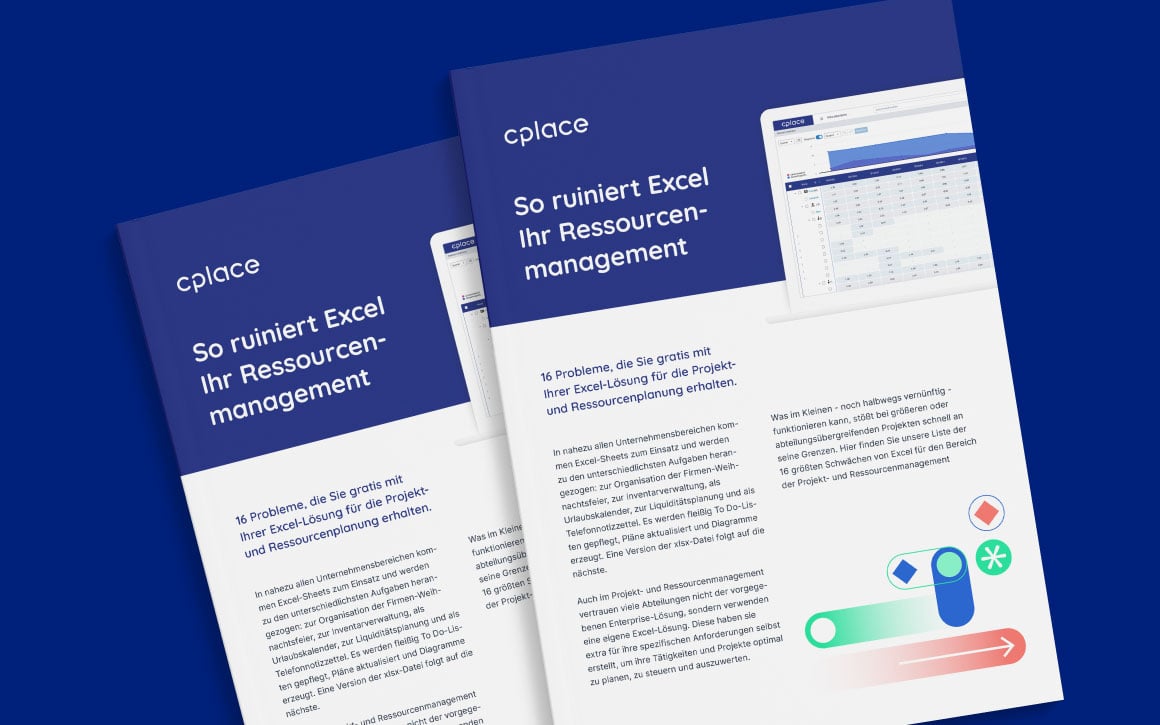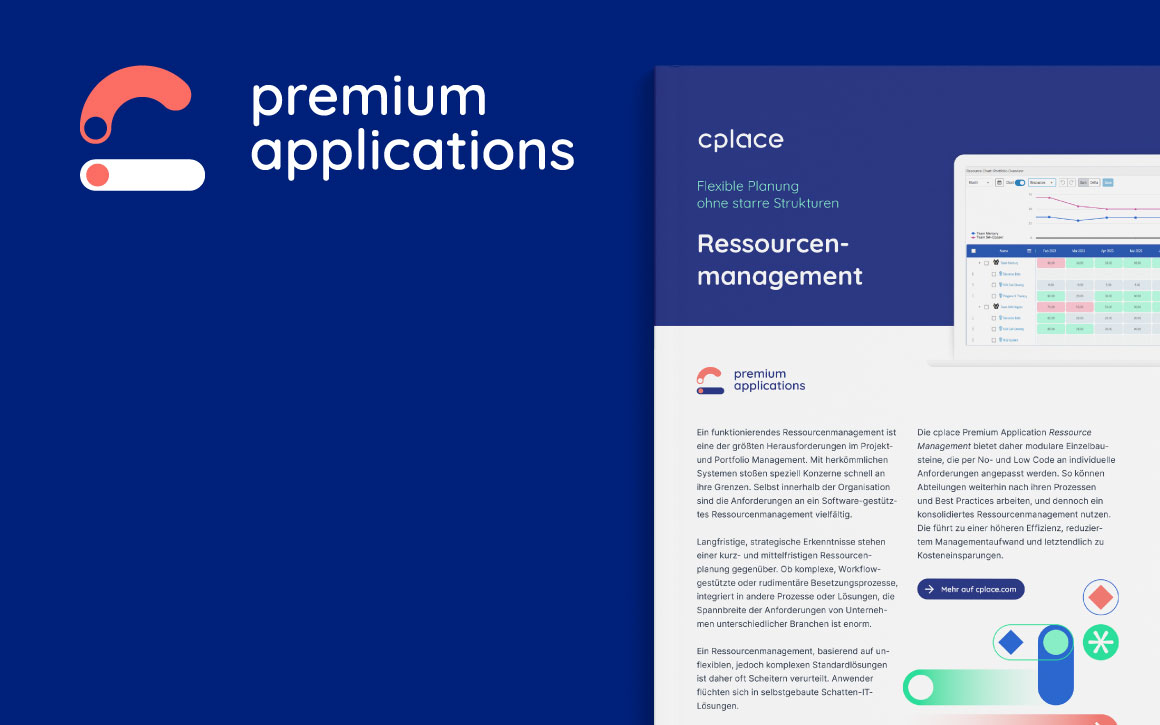Captivating presentations, intense discussions, and plenty of new insights – that’s how the two days at the “Pharma PPM Toolbox 2024” event in Basel can be summarized.

The pharmaceutical industry is characterized by high innovation pressure, ambitious scheduling, and cross-company collaboration in research and development. The response to these challenges is efficient and flexible project and portfolio management. At the same time, project management, project managers and PMOs need to constantly develop their skills – they need to master agile and traditional approaches, have excellent communication skills and think and act entrepreneurially in their projects.
Tailored to meet these requirements, the PPM Toolbox 2024, which took place in Basel from April 17th to 18th, offered exciting keynote presentations, informative discussions, and insightful best practice presentations. This year, the event was themed “PPM Voyage – Navigation Success in Pharma Projects” and featured talks such as “Turning Vision into Action: Aligning Long Range Planning and Today’s Decisions,” “Innovations in Pharmaceutical Pipeline Development,” and “The Evolution of Project Managers – Where Are We Heading.” Together with our partner QuinScape Dataciders, we supported the event as sponsors and exhibitors on site.
A recurring question during the presentations and discussions was: How can external service providers such as CROs (Contract Research Organizations) be effectively integrated into project planning without causing conflicts? cplace and QuinScape Dataciders were able to provide a meaningful answer on the spot: Collaborative project management.
With cplace, not only an innovative PPM platform but also a new way of working is making its way into Roche – agile, lean, collaborative, and fast. cplace is a software for all users, not just PPM experts. Various modules support different working methods and methodologies within the company.
Collaborative Project Management Simplifies Cross-Functional Project Work
The collaborative project management method is always used when cross-company and complex projects need to be implemented efficiently.
The overall planning is divided into several meaningful phases, and responsibilities for each part are accordingly assigned. This decentralizes complex projects typical in research and development, making them more manageable and easier to control. Additionally, external organizations can be easily integrated without compromising security, data privacy, confidentiality requirements, or documentation obligations. Furthermore, individual project teams remain autonomous, allowing them to choose their approach, whether agile, hybrid, or traditional, for their project phase. Provided that all teams work on the same solution platform, they have access to an identical database (single source of truth), which makes project planning and control reliable and significantly facilitates the exchange of information.
Agile portfolio management with minimal control effort is high on the wish list of numerous pharmaceutical companies. They expect that an appropriate software solution ensures a consistent, up-to-date database and consolidates all relevant data into valuable information. Additionally, customizable solutions for resource, cost, and risk management should be able to be modularly integrated. Only in this way is efficient and flexible portfolio management possible. Another emerging trend is the gradual replacement of traditional reporting with dashboards featuring live data. Dashboards also facilitate stakeholder communication by providing the required information up-to-date at all times.
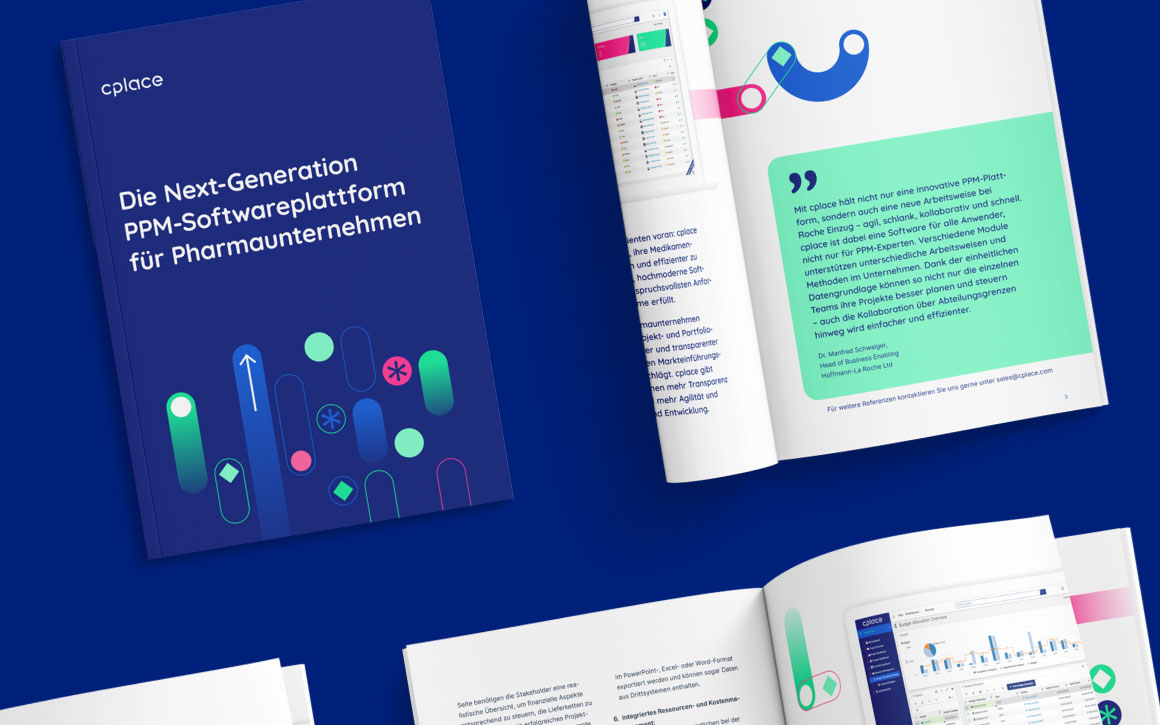
Individualization as Standard
“The event was characterized not only by the high quality of the professional contributions,” reflected Stephan Schibalsky, Account Executive at cplace. “The almost familial atmosphere at the Pharma PPM Toolbox in Basel fostered lively exchanges among the participants.” It was hardly surprising to him that the participants had sometimes very different requirements for a software solution. “With our PPM platform cplace, we offer all companies the unique opportunity to tailor their solutions themselves, without sacrificing the advantages of standard software.” This was something that numerous interested parties could see for themselves at the cplace booth on-site.
The sometimes very different requirements within companies for an enterprise platform in project and portfolio management are a major challenge for solution providers: Departments work in agile, hybrid, or traditional methods, they plan at different levels of granularity, and they require different information and dashboards for their projects. Only when a platform solution meets all these diverse requirements will it be used by users and be able to fully benefit the entire organization.
With an understanding of these various demands and user groups, cplace is designed as a PPM platform with maximum customization options. Specifically, companies receive proven PPM solutions that can be completely tailored to their needs by individual departments. At the same time, the individual solution components can be modified and combined with each other to create new applications. All applications are based on a central data foundation, acting as a single source of truth. This architecture enables companies to achieve the greatest possible individualization.
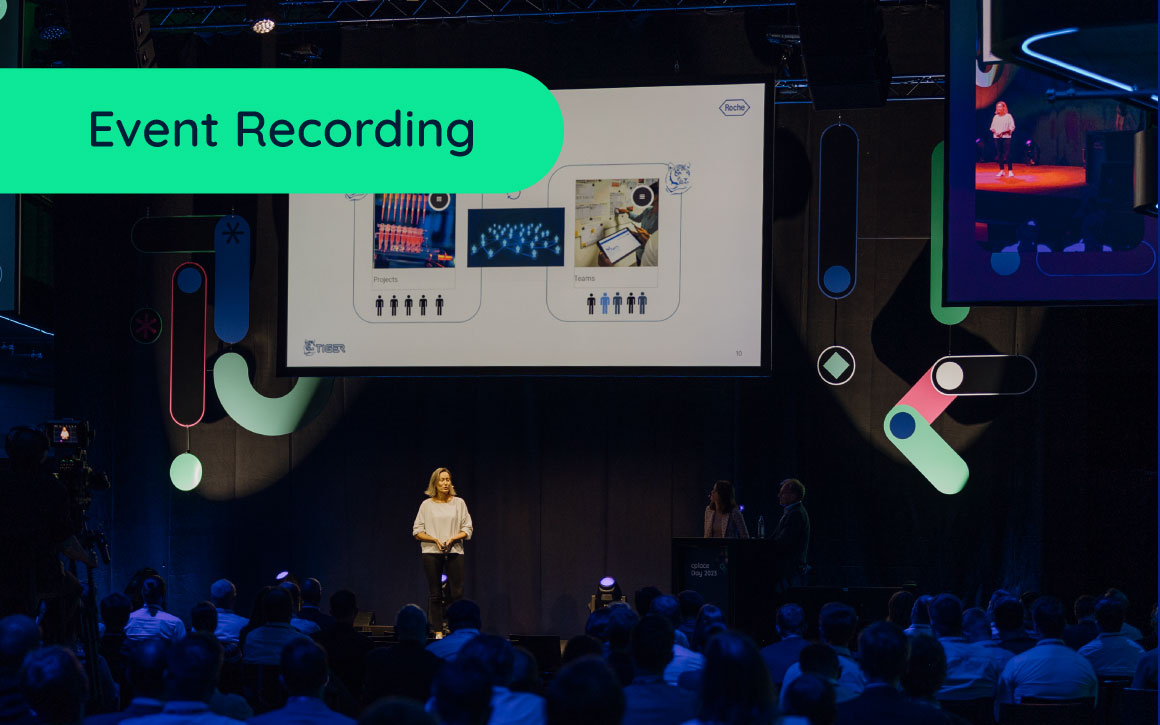
At the end of the two-day industry meeting, Stefan Schibalsky was very satisfied with the positive feedback from visitors to the stand: cplace is perceived as a powerful PPM solution that delivers significant value to pharmaceutical companies, particularly in project, program, and portfolio planning and control.
About the Author
Christian Schneider, Content Marketing, cplace
With its Next-Generation Project and Portfolio Management technology, cplace is revolutionizing and transforming the way people and organizations collaborate on complex projects. The flexible software platform enables leading companies to create customized solutions for digital transformation and developing complex products.
Go to LinkedIn Profile
